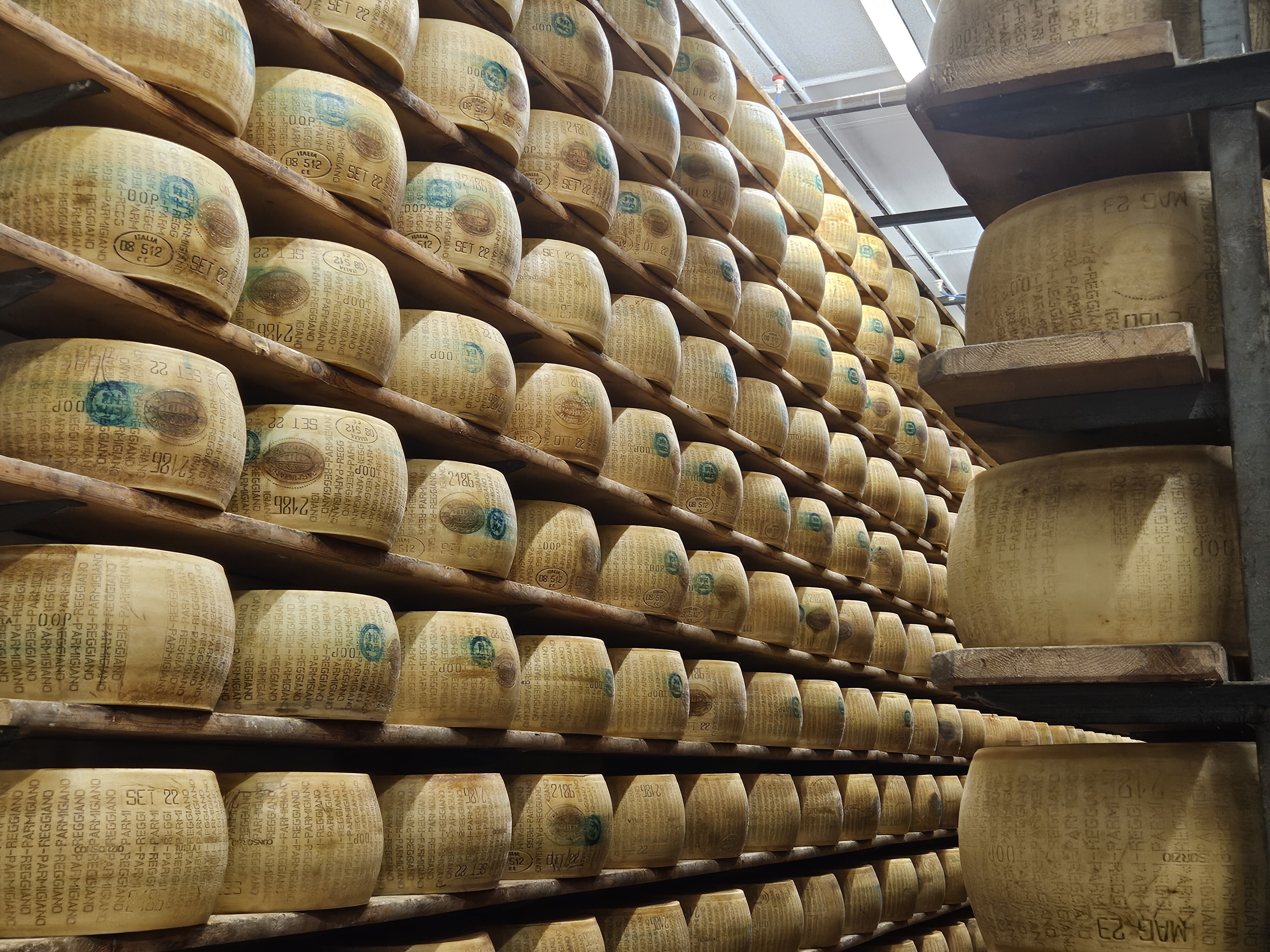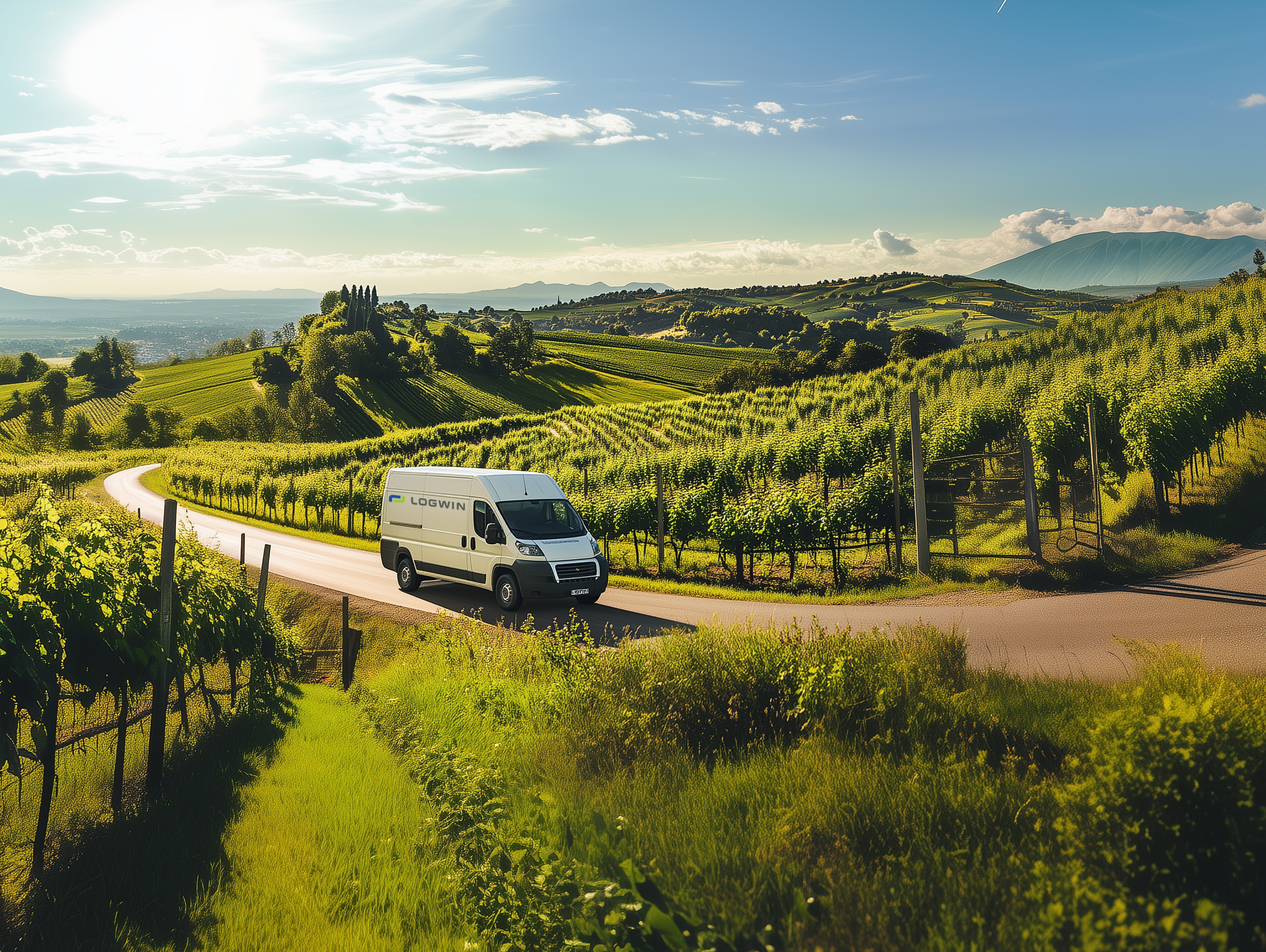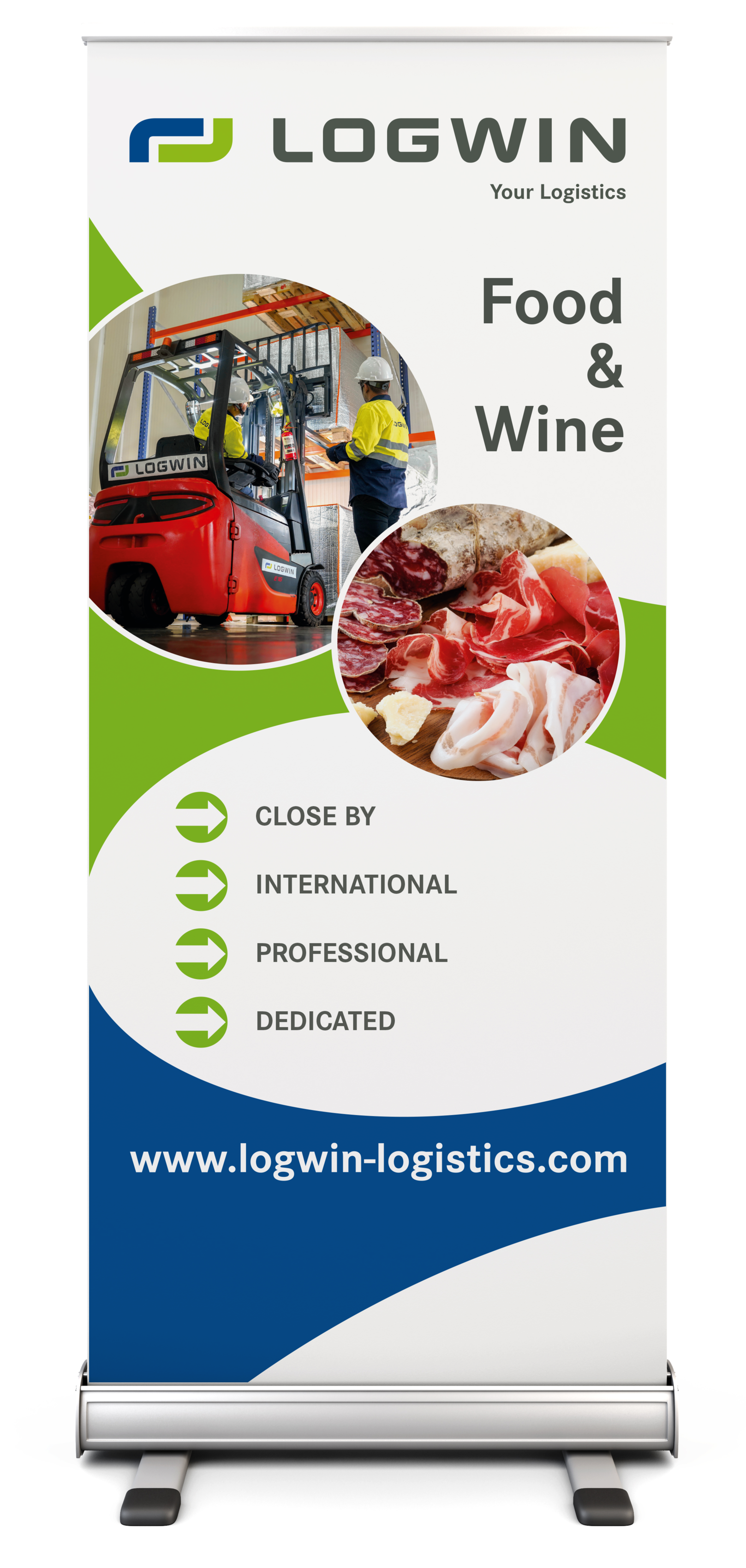
Food & Wine: Full Container or Freight Consolidation
Italian Delicacies and Wines on the Way to Asia
Italy is known around the world for its exquisite food and drinks. Who hasn’t enjoyed a real Italian espresso, tasted Parmesan, or drank an amazing Italian wine? Delicacies “Made in Italy” are popular all over the world, thanks to the expertise, craftsmanship, and passion of Italian producers who have perfected their trade over generations.
We at Logwin continue this passion in our day-to-day work. Our job is to provide tailored logistics solutions to ensure that these exceptional products reach overseas markets on time, safely, and in accordance with regulations. Handling food and wine is a complex process, whether by air or sea freight. Maintaining the cold chain and ensuring the right temperature throughout the journey is critical, as is verifying all of the shipping documents including necessary certificates to avoid delays.

In addition to full container loads in refrigerated containers, we also offer buyers consolidation services for chilled and frozen goods. This service is ideal for importers who place smaller orders with different suppliers and can’t fill an entire container on their own. We bundle the different orders in one container and carefully check the temperature requirements, packaging types, and shelf life of the products. This consolidation not only reduces transport costs compared to shipping smaller quantities, but also shortens the transport time for individual products through more frequent departures. This enables importers to reduce both their stock levels and their shipping costs.


When transporting wine, our customers can choose between active and passive temperature control. In consultation with the customer, we can load bottled wine into temperature-controlled containers or into containers with Isotherm or Isokit blankets. In the first case, the individual pallets are wrapped in thermal blankets, while in the second case, we insulate the container to significantly reduce heat transfer between the inside and outside of the container. The choice also depends on the time of year and the container’s route. Passive temperature control is insufficient in summer, while it may be appropriate in the fall to reduce costs.
